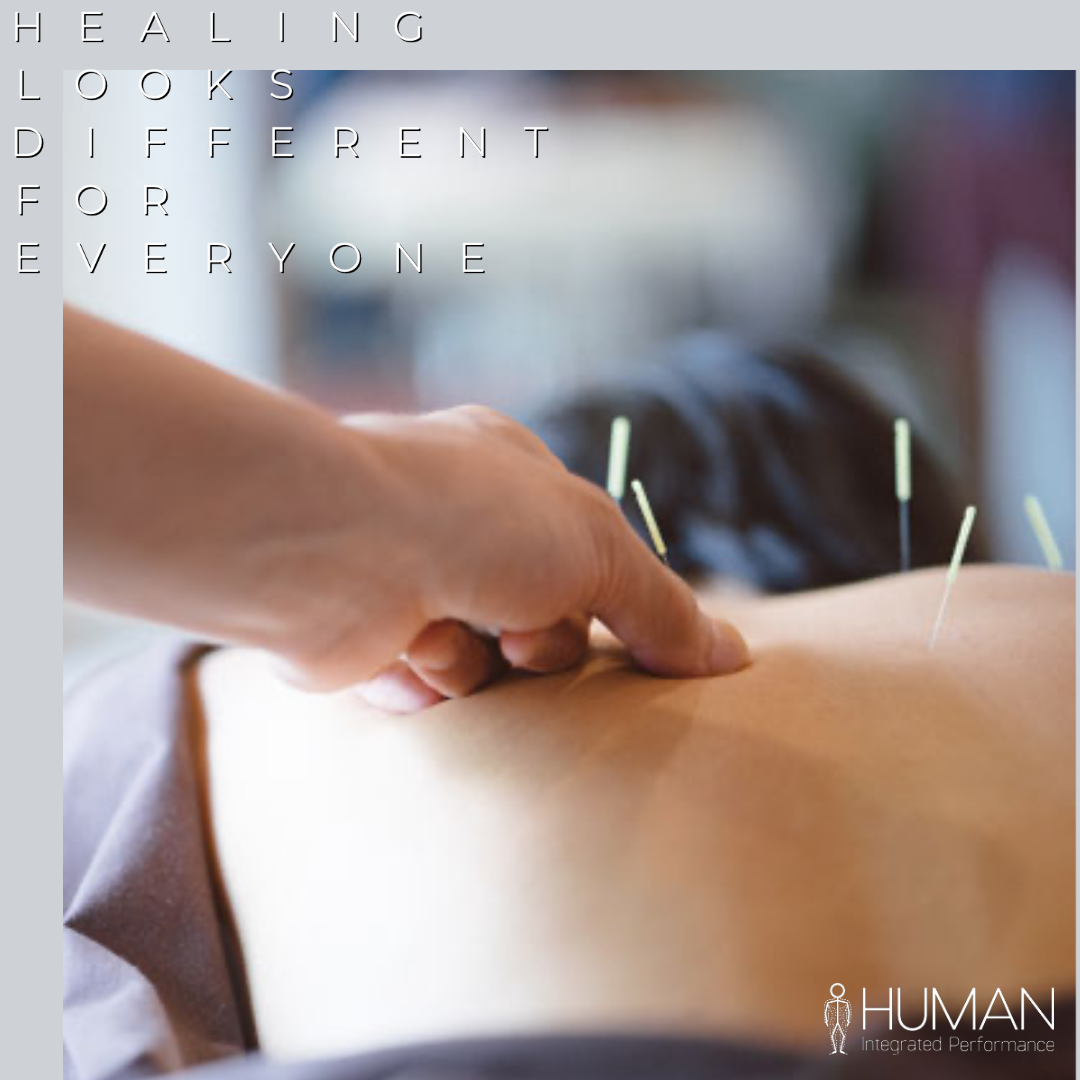Alleviating Myofascial Pain through Intramuscular Stimulation

Alleviating Myofascial Pain through Intramuscular Stimulation
Myofascial pain syndrome (MPS) is a condition that affects the soft tissues of the body, particularly the muscles and fascia. In recent years, a treatment method known as intramuscular stimulation (IMS) has gained popularity in treating MPS. IMS involves the use of dry needling to stimulate trigger points in the muscles, allowing them to release tension and reduce pain. In this blog, we'll explore the benefits of IMS in treating MPS and how physiotherapists can use this technique to alleviate pain and improve overall mobility.
Table of Contents:
I. What is Myofascial Pain Syndrome?
Myofascial pain syndrome (MPS) is a condition characterized by pain and inflammation in the soft tissues of the body, particularly the muscles and fascia. It is often caused by repetitive strain, injury, or poor posture. Symptoms of MPS can include localized pain, muscle stiffness, and limited range of motion.
II. What is IMS and How Does it Work?
Intramuscular stimulation (IMS) is a treatment method that uses dry needling to stimulate trigger points in the muscles. IMS works by inserting thin, solid needles into the muscle, which causes a localized twitch response. This twitch response helps to release tension in the muscle and reduce pain. IMS is similar to acupuncture, but it focuses on the treatment of musculoskeletal pain rather than the flow of energy throughout the body.
III. The Benefits of IMS in Treating MPS
IMS has been shown to be an effective treatment method for MPS. In a study published in the Journal of Orthopaedic & Sports Physical Therapy, patients with chronic low back pain who received IMS had a significant reduction in pain compared to those who received standard physiotherapy treatments. IMS has also been shown to be effective in treating other conditions such as tendinopathy and fibromyalgia.
IV. How Physiotherapists Use IMS to Alleviate Pain
Physiotherapists are trained to use IMS as part of their treatment plan for MPS. During an IMS session, the physiotherapist will assess the patient's condition and identify the trigger points that are causing the pain. The physiotherapist will then insert the needles into the muscle, causing a localized twitch response. The needles may be left in place for several minutes to allow the muscle to release tension.
V. Other Treatment Methods for MPS
In addition to IMS, there are other treatment methods that can be used to alleviate the pain associated with MPS. These may include massage therapy, physical therapy exercises, and medication. The most effective treatment plan will depend on the individual's specific condition and needs.
VI. Conclusion
IMS is a safe and effective treatment method for MPS that can help to reduce pain and improve overall mobility. Physiotherapists are trained to use IMS as part of a comprehensive treatment plan for MPS. Other treatment methods, such as massage therapy and physical therapy exercises, can also be effective in treating MPS. If you are experiencing symptoms of MPS, it is important to speak with a physiotherapist or healthcare provider to determine the best course of treatment.
